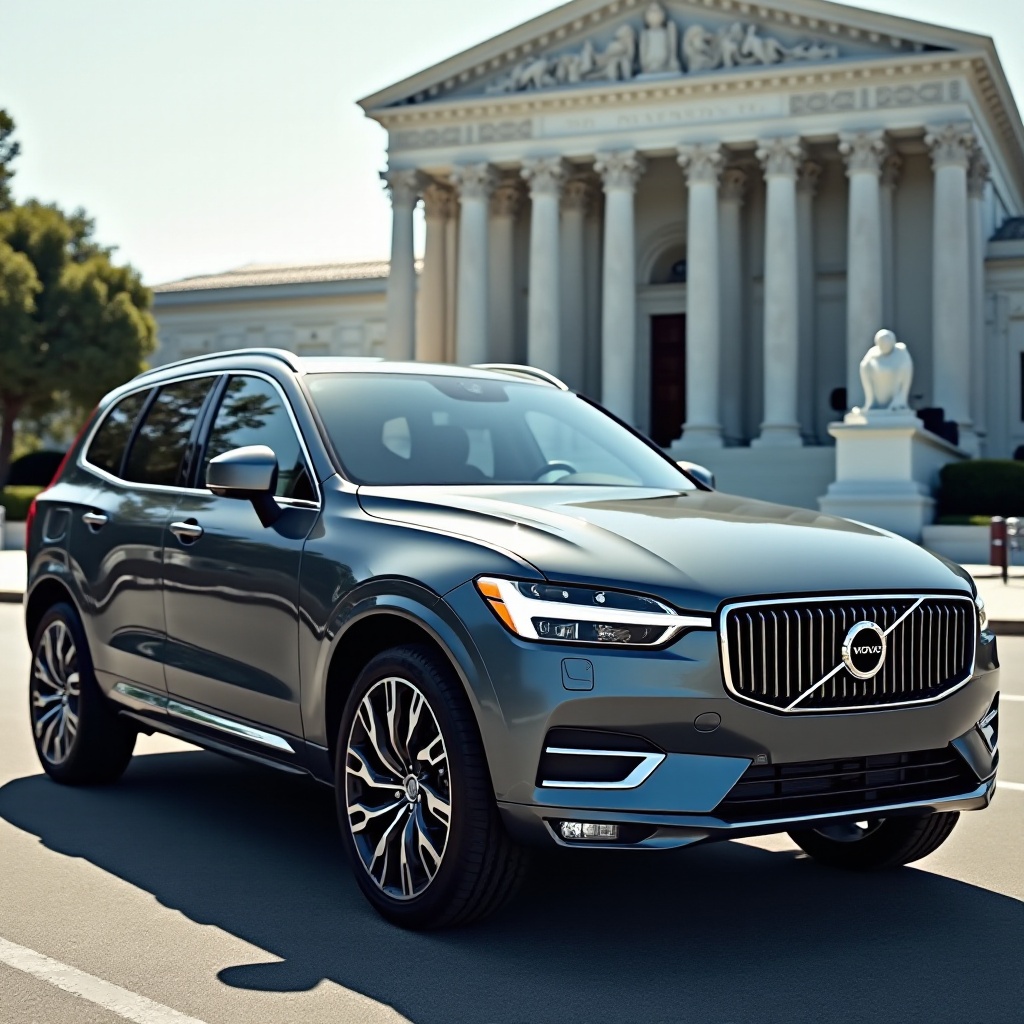Introduction
The Volvo EX30 is gaining traction as a top contender in the electric vehicle (EV) market. Along with its impressive features and performance, potential buyers have one significant question: Does the Volvo EX30 qualify for a tax credit? The availability of tax credits can make a substantial difference in the overall cost of the vehicle, incentivizing more people to join the green revolution. This article explores the vehicle tax credits, the specific features of the Volvo EX30, and the criteria for federal and state tax credit eligibility, providing a comprehensive guide for prospective buyers.

Overview of Vehicle Tax Credits
Vehicle tax credits are a considerable advantage for anyone purchasing an electric vehicle (EV). These credits aim to reduce the purchase price of EVs, promoting fuel efficiency and reducing carbon emissions. By encouraging EV adoption, these tax incentives support environmental sustainability while easing the financial burden on buyers.
There are two main types of tax credits for electric vehicles: federal and state-level incentives. Federal tax credits are provided by the government and apply uniformly across the United States. On the other hand, state-level incentives vary depending on the state’s specific regulations and policies. Both types of incentives are aimed at making EVs more financially attractive to potential buyers.
Federal tax credits for EVs typically offer up to $7,500, depending on the car’s battery capacity and the manufacturer’s sales figures. The purpose of this credit is to bridge the price gap between electric vehicles and their traditional gasoline counterparts.
State tax incentives can include rebates, tax credits, reduced registration fees, and exemptions from emissions testing, among other benefits. Each state has its way of encouraging residents to purchase electric vehicles, and these incentives can vary widely in size and scope.
Understanding the intricacies of these tax credits and how they apply can significantly impact your decision to purchase a Volvo EX30 or any other electric vehicle.
Key Features of the Volvo EX30
The Volvo EX30 stands out with its advanced features, making it a compelling option for anyone considering an electric vehicle. Here are some of the key highlights:
-
Range: The Volvo EX30 boasts an impressive electric range, allowing drivers to travel long distances without needing a recharge. This range alleviates the common concern of running out of battery on longer trips.
-
Performance: Equipped with advanced electric powertrains, the Volvo EX30 delivers a seamless and powerful driving experience. It offers quick acceleration, responsive handling, and a quiet ride, enhancing the overall driving pleasure.
-
Safety: Volvo has always been synonymous with safety, and the EX30 is no exception. It comes with state-of-the-art safety features, including collision avoidance systems, lane-keeping assistance, and advanced driver assistance technologies, ensuring maximum protection for occupants.
-
Sustainability: The EX30 is designed with sustainability in mind. The materials used in production are eco-friendly, and the vehicle itself produces zero emissions, making it a responsible choice for environmentally-conscious drivers.
-
Technology: The vehicle is packed with the latest technology, including an intuitive infotainment system, connectivity options, and advanced driver-assistance features. The convenience and superior tech integration make every journey enjoyable.
The Volvo EX30 not only meets the practical needs of drivers but also aligns with the environmental goals of today’s society.

Federal Tax Credit Eligibility
To determine if the Volvo EX30 qualifies for a federal tax credit, you need to understand the specific criteria. Generally, to be eligible for the federal EV tax credit, the vehicle must meet the following requirements:
-
Battery Capacity: The vehicle’s battery must have a minimum capacity of 4 kWh. This capacity ensures that the car can provide a significant electric range, contributing meaningfully to energy conservation.
-
Purchase New: The tax credit typically applies only to new vehicles. The car should be purchased and registered in the buyer’s name for the first time. Used or leased vehicles usually do not qualify.
-
Manufacturer Sales Cap: There is a limit to the number of EVs a manufacturer can sell before the federal tax credit starts to phase out. Each manufacturer is allowed a quota of 200,000 electric vehicles, after which the available credit begins to reduce sequentially until it is eliminated.
Fortunately, as of this writing, Volvo has not yet reached this cap, making the EX30 eligible for the full federal tax credit.
To understand the precise applicability, check if the Volvo EX30 has been listed among the qualifying vehicles for federal tax incentives. This information is often updated and can usually be found on the official IRS website or through Volvo dealerships.
It’s essential to confirm these details before making your purchase decision to ensure you reap the benefits of the federal tax credit fully.

Understanding State Tax Incentives
State tax incentives for electric vehicles vary widely, with each state offering different benefits. These incentives can include:
– State Tax Credits: Some states offer additional tax credits on top of the federal incentive, which can significantly reduce the purchase price of the Volvo EX30.
– Rebates: Many states provide rebates at the point of sale. This rebate is applied directly at the dealership, making the transition to an EV seamless and more affordable.
– Exemptions and Discounts: Various states offer perks like reduced registration fees, exemption from emissions testing, and access to HOV lanes.
To find out if your state offers these incentives, visit your state’s Department of Motor Vehicles (DMV) website. Additionally, local Volvo dealers can provide insights and assist in taking advantage of these benefits.
Application Process for Tax Credits
Applying for federal and state tax credits involves a few essential steps:
- Purchase and Qualify: Ensure your Volvo EX30 meets all the criteria for the tax credit.
- Gather Documentation: You will need the vehicle’s purchase agreement and related documentation. Also, obtain the manufacturer’s certification stating the vehicle qualifies for the credit.
- Complete IRS Form 8936: This form is specifically for claiming the federal Qualified Plug-in Electric Drive Motor Vehicle Credit. Fill it accurately.
- File with Your Tax Return: Attach Form 8936 to your annual tax return and submit it to the IRS.
For state incentives, the application process may vary, but typically involves:
– Contacting the state DMV or environmental agency for the necessary forms.
– Providing proof of purchase and vehicle registration.
Make sure to keep copies of all documents for your records.
Conclusion
In summary, the Volvo EX30 not only offers a sustainable and high-performance driving experience but also qualifies for federal and potentially state tax credits. By understanding the eligibility criteria and application process, you can make the most of these incentives, significantly reducing the cost of ownership. Transitioning to an electric vehicle like the Volvo EX30 is both an environmentally responsible and financially savvy decision.
Frequently Asked Questions
What are the main benefits of claiming a tax credit for the Volvo EX30?
Claiming a tax credit for the Volvo EX30 reduces the overall cost of the vehicle, making it more affordable. Additional benefits may include state incentives like rebates, reduced registration fees, and HOV lane access.
How can I find out if my state offers additional tax incentives for the Volvo EX30?
Visit your state’s Department of Motor Vehicles (DMV) website or contact local Volvo dealerships for information on additional state incentives available for the Volvo EX30.
What documentation do I need to apply for the federal tax credit?
To apply for the federal tax credit, you need the vehicle’s purchase agreement, proof of registration, and the manufacturer’s certification that the vehicle meets the necessary criteria. Fill out IRS Form 8936 and attach it to your annual tax return.
